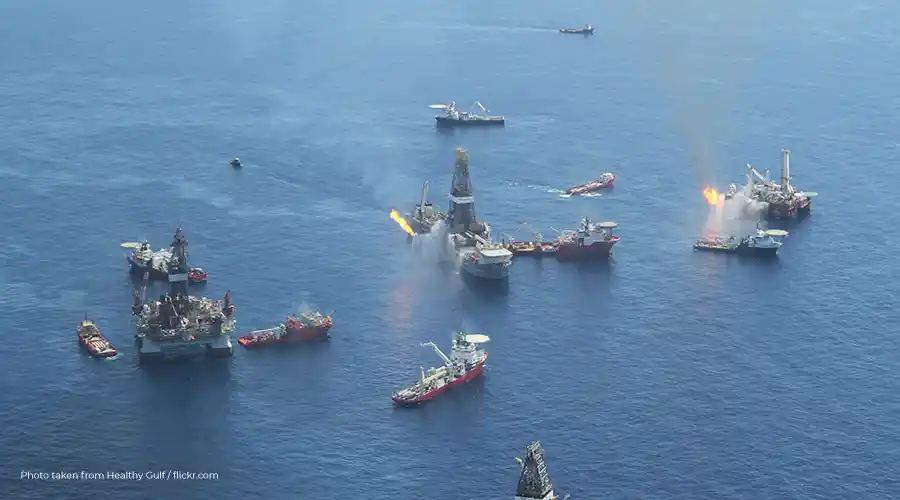The Deepwater Horizon oil rig explosion that occurred in the Macondo Prospect, Gulf of Mexico, is reportedly the worst accidental oil spill disaster in the history of the petroleum industry so far. The oil rig that was being run by British Petroleum and owned by the Transocean company caught fire on the night of 20th April 2010 and sunk underwater two days later. The oil from the underwater well continued to leak steadily till it was sealed off in September 2010. But by then, an estimated 4.9 million barrels of crude oil covered the waters in the area, and the daunting prospect of cleaning it all up had hesitatingly begun.
Containing the oil spill
Once the fire at the rig had died down, the first and foremost task was to contain the oil spill from the exploded underwater well. British Petroleum took on the onus and tried two methods to contain the oil leak. First, they sent in underwater remotely operated vehicles to try and work the blowout prevention mechanism in the sunken rig. When that did not work, they tried to create a containment dome on the largest of the spills and then siphon off the oil to a storage vessel. Now this technique for oil siphoning off the water surface has worked in the past, but only in shallower waters. In the massive Gulf area, this was a total failure. The only recourse then was to drill relief wells near the explosion site and drill out oil from the sunken well. When the oil level in this well was ‘stable’, the company then had their drilling machines pour concrete over the sunken well and seal it off. In September 2010, the well was proclaimed to be ‘effectively dead’ and no further harm could come from it.
Cleaning the waters
Since the amount of oil released from the explosion and the spill was unprecedented, just using normal techniques to clean it up were not effective. In the end, a combination of techniques was used to clear the waters. Since containment booms had proved to be ineffective in the open sea, the state of Louisiana filed for government permission to construct barrier islands along the coast to protect its coastline from the oil spill. This was called the ‘Louisiana Barrier Island Plan’. However, this plan too did not have the desired results.
A range of equipment used
The oil spill clean-up efforts were also noticeable for the amount of Corexit that was used. Corexit is an oil-dispersant that is also a potential cancer-causing agent. However, BP decided to use it to clear the waters after the explosion and in an experimental move, decided to inject the Corexit directly into the wellhead. This resulted in underwater oil plumes that can be seen even today. Even though some 1.84 million gallons of Corexit was used its effects were dismal, and the toxicity of the oil spill was increased by at least 52 times due to its rampant use. Booms and skimmers were also deployed right from the start to contain the spread of oil.
Traditional methods like controlled in-situ fires, offshore filtration, and water collection and processing were the most effective methods used by BP to clean the oil spill. An estimated 33 million gallons of tainted water was recovered which yielded about 5 million gallons of oil. Much of the oil was burnt on the surface using controlled fires. On the most hardworking days, a workforce of more than 40,000 people were assigned to work on the clean-up process for this disastrous oil spill, the aftermaths of which are still visible today.


